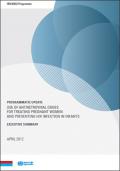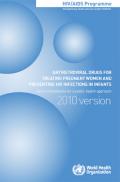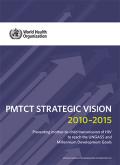Elimination of Mother-to-Child Transmission HIV, Hepatitis B and Syphilis in Asia and the Pacific
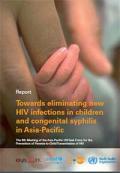
Resource | Publications,
The HIV epidemic in Asia-Pacific is growing rapidly, although most countries have low HIV prevalence while some have concentrated epidemics. AIDS is increasingly feminized through intimate partners’ transmission with gradual increase of new HIV infections among low-risk women and consequent mother-to-child transmission.
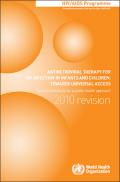
Resource | Guidelines,
The WHO guidelines Antiretroviral therapy for HIV infection in infants and children are based on a public health approach to HIV care. Updated in 2010, these guidelines are harmonized with the treatment guidelines adopted for adults, pregnant women, and for prevention of mother- to- child transmission (PMTCT).
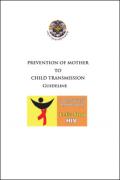
Resource | Guidelines,
The Royal Government of Bhutan has adopted the prevention of mother to child transmission (PMTCT) as an integral part of the nation's response to the HIV/AIDS catastrophe. PMTCT will be a part of a wider response to HIV/AIDS, which includes expanding access to care and support for HIV infected mothers and their families, including treatment of opportunistic infections and accelerating access to treatment.

Resource | Publications,
In a setting where prevention of mother-to-child transmission (PMTCT) is available, HIV-infected women and children did not receive adequate care because of barriers to accessing those services. The results suggest key improvements would be improving quality of counselling and making PMTCT guidelines available to health services.

Resource | Publications,
An estimated 1,700 children under the age of 15 are infected by HIV around the globe everyday. Many of these are young children, infected at birth by mothers who are unaware of their HIV status. The number continues to rise as more women are infected by partners who adopt high risk behaviours such as injecting drugs, buying sex, and having multiple sexual partners.






